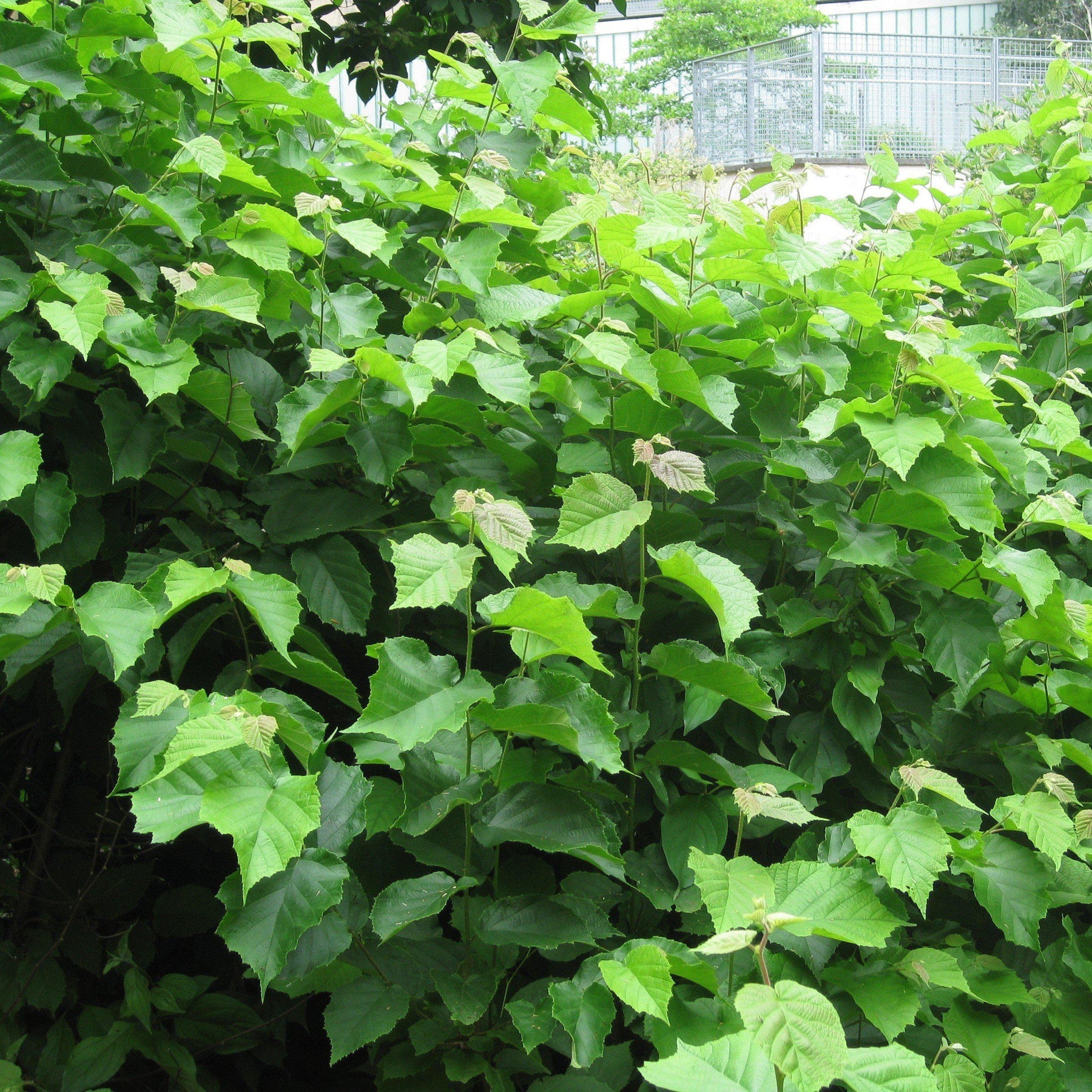In the heartland of North America, the American Hazelnut (Corylus americana) stands as a symbol of resilience, abundance, and natural beauty. With its flavorful nuts, graceful form, and ecological importance, this native shrub invites us to appreciate the richness of the land and the bountiful gifts it bestows upon us.
Introduction: Discovering the Charms of the American Hazelnut
The American Hazelnut, scientifically known as Corylus americana, graces the landscapes of the Midwest and beyond with its understated elegance and seasonal bounty. Native to the eastern and central United States, this deciduous shrub thrives in a variety of habitats, from woodlands to prairies, offering both ornamental charm and practical benefits for humans and wildlife alike.
Appreciating Botanical Beauty and Nutritional Value
One of the most enchanting features of the American Hazelnut is its clusters of small, round nuts, encased in fringed husks, which ripen in late summer to early fall. These flavorful nuts are prized for their rich, buttery taste and nutritional value, containing essential vitamins, minerals, and healthy fats. For foragers and food enthusiasts, the hazelnut offers a delicious and versatile ingredient, whether enjoyed raw, roasted, or incorporated into a variety of culinary creations.
Ecological Significance and Wildlife Appeal
Beyond its culinary appeal, the American Hazelnut plays a vital role in supporting local ecosystems and providing habitat for wildlife. Its dense foliage and spreading habit offer shelter and nesting sites for birds and small mammals, while its nuts provide a valuable food source for a variety of wildlife species. For nature enthusiasts and conservationists, the hazelnut offers ecological benefits, with its deep roots helping to stabilize soil and prevent erosion.
Practical Applications in Horticulture and Food Production
Gardeners and farmers can capitalize on the versatility and productivity of the American Hazelnut to enhance landscapes and promote sustainable food production. Whether used as a windbreak, a hedgerow, or part of an agroforestry system, this species offers aesthetic appeal, soil stabilization, and opportunities for diversifying crop yields with its nutritious nuts.
Conservation and Sustainable Agriculture
As stewards of the land, gardeners and agriculturalists play a crucial role in preserving native species like the American Hazelnut and promoting sustainable land management practices. By incorporating hazelnuts into landscape designs, agroforestry projects, and food production systems, they can help conserve biodiversity, enhance soil health, and foster resilient ecosystems that benefit both people and the planet.
Embracing Nature's Gifts and Agricultural Heritage
In the realm of horticulture and sustainable agriculture, the American Hazelnut stands as a symbol of abundance, beauty, and resilience. By embracing its unique qualities and integrating it into landscapes and food systems, we can celebrate the richness of nature's gifts while honoring the agricultural heritage and ecological diversity that sustain us and future generations.


